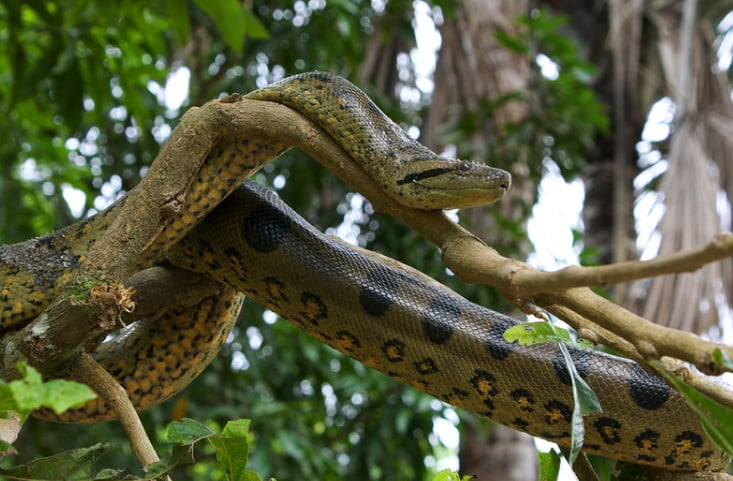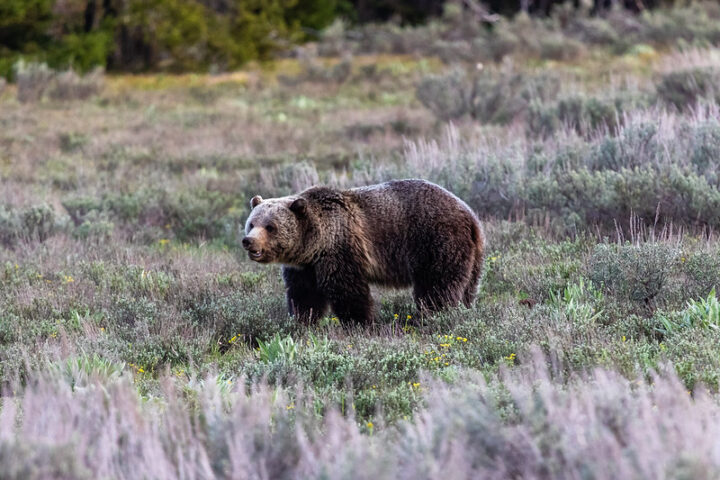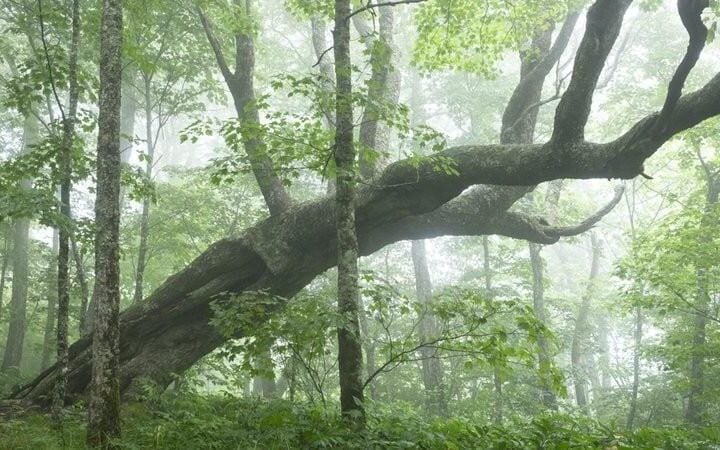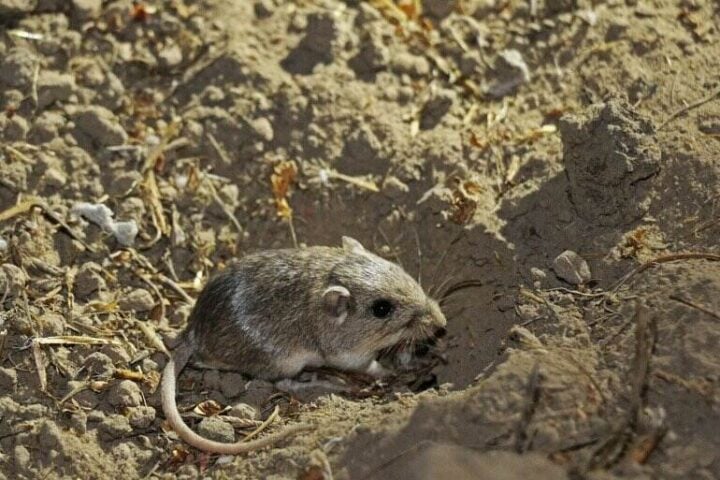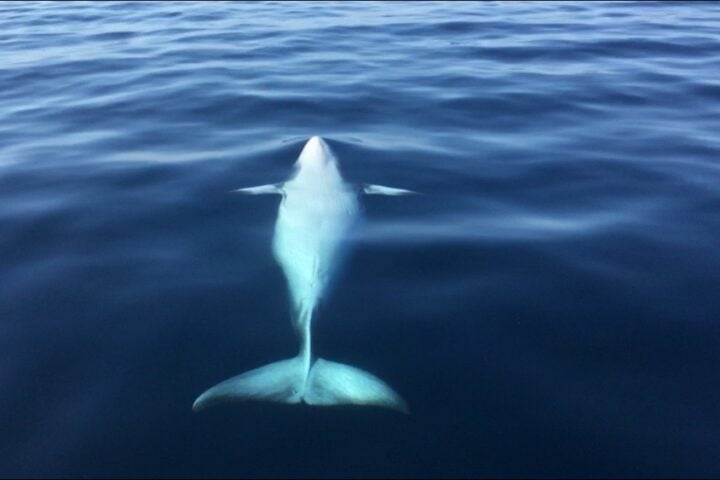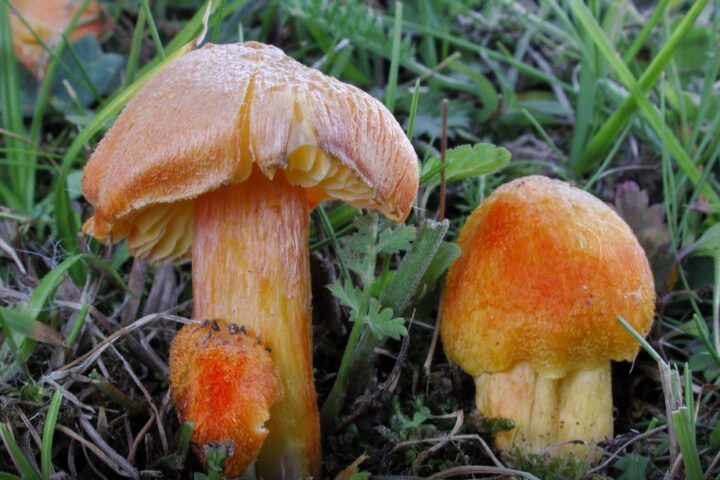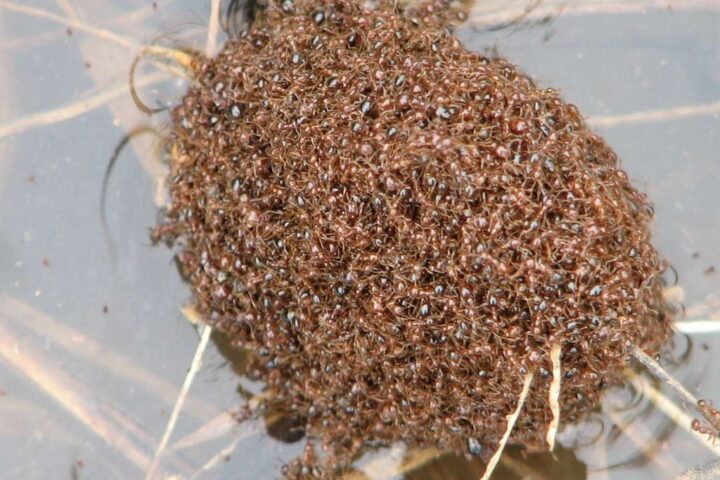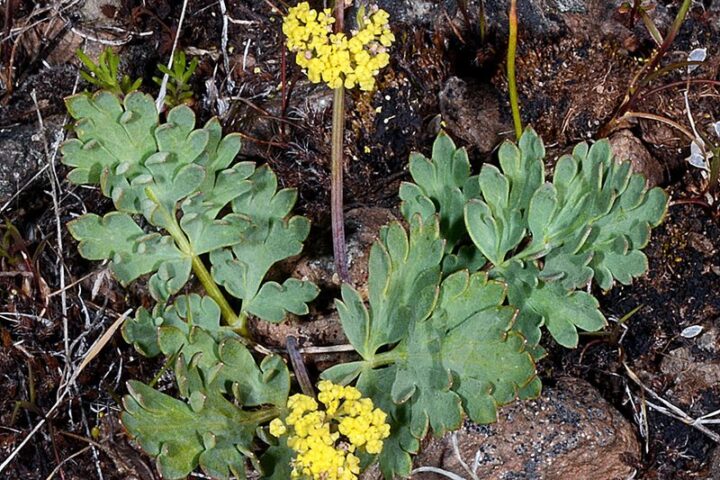The United States is home to a diverse array of snake species, each with their unique characteristics and ecological roles. Understanding these serpents is crucial not only for safety but also for appreciating their place in the natural world. In this article, we’ll explore the 9 biggest snakes found in the USA, delving into their fascinating features, habitats, and the latest developments in herpetology.
9. Eastern Rat Snake: The Arboreal Acrobat
- Size: Up to 7 feet
- Habitat: Eastern United States
Adept climbers frequently found in trees or barns, non-venomous Eastern Rat Snakes play a vital role in controlling pest populations. They are increasingly found in urban settings, leading to more frequent encounters with humans.
8. Western Diamondback Rattlesnake: The Desert Dweller
- Size: Up to 7 feet
- Habitat: Southwestern USA
Highly venomous and equipped with a distinctive rattle, the Western Diamondback Rattlesnake faces challenges from urban sprawl. Researchers are studying the impact of human encroachment on their territories, an aspect often underreported.
7. Eastern Diamondback Rattlesnake: The Venomous Giant
FWC Fish and Wildlife Research Institute (CC BY 2.0)
- Size: Up to 8 feet
- Habitat: Southeastern USA
Known for its distinctive diamond-shaped pattern and potent venom, the Eastern Diamondback Rattlesnake is the largest of its kind. Recent studies show their population is declining due to habitat destruction, a point often overlooked in many articles.
6. Bullsnake: The Rattlesnake Mimic
Andrew DuBois (CC BY 2.0)
- Size: Up to 8 feet
- Habitat: Central and western USA
Often mistaken for rattlesnakes due to their defensive behavior, non-venomous Bullsnakes are beneficial in controlling rodent populations. Education efforts aim to reduce unnecessary killings caused by misidentification.
5. Coachwhip: The Speedy Slender
- Size: Up to 8.5 feet
- Habitat: Southeastern USA
The non-venomous Coachwhip is known for its slender build and incredible speed. As predators of small mammals and insects, their ecological role is not widely covered. Increasing interactions with humans in suburban areas have been noted.
4. Eastern Indigo Snake: The Gentle Giant
- Size: Up to 8.5 feet
- Habitat: Southeastern USA
As the largest native snake in the USA, the non-venomous Eastern Indigo Snake plays a crucial role in controlling populations of venomous snakes. Efforts to reintroduce them to their historical range are ongoing, a point frequently missed in articles.
3. Burmese Python: The Invasive Threat
- Size: Up to 18 feet
- Habitat: Florida Everglades
Burmese Pythons pose a significant threat to native wildlife in the Everglades. The state of Florida continues to offer bounty programs to control their numbers, but comprehensive strategies are often left out of the discussion.
2. Reticulated Python: The Rare Escapee
shankar s. (CC BY 2.0)
- Size: individuals over 28.5 feet
- Habitat: Isolated sightings in Florida
Reticulated Pythons, known for their complex color patterns and impressive length, have been spotted in Florida, mostly as escapees from the exotic pet trade. However, no established breeding populations have been confirmed in the wild.
1. Green Anaconda: The Aquatic Colossus
- Size: Females up to 30 feet
- Habitat: Florida Everglades (non-native)
These massive constrictors, originally from South America, have found their way into the Florida Everglades. While their ecological impact is not fully understood, their presence sparks debates about invasive species management.
What’s the Status
According to WHO, Climate change will only exacerbate the issue by affecting where, when, and how snakes share space with people. This is because snakes will shift their distributions as temperatures rise and extreme events become more common.
Dr. Harry W. Greene on Ecological Roles of Large Snakes said, “Large snakes play crucial roles in their ecosystems, such as controlling rodent populations and influencing plant diversity. Understanding these roles is essential for conservation efforts.”
Conclusion
From the venomous rattlesnakes to the gentle giants, the 9 biggest snakes in the USA each have a unique story to tell. By understanding their roles, addressing conservation challenges, and staying informed about the latest research, we can foster a harmonious coexistence with these remarkable creatures.
